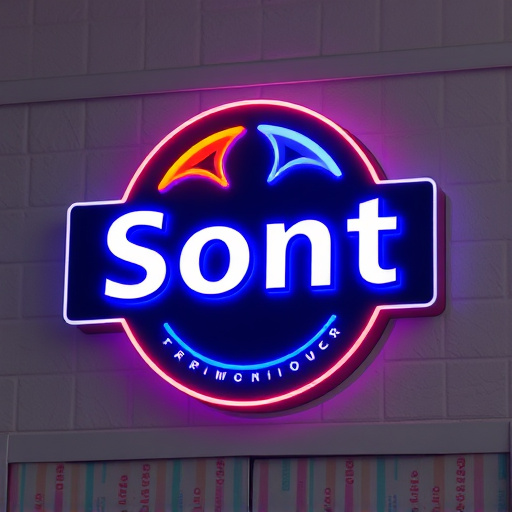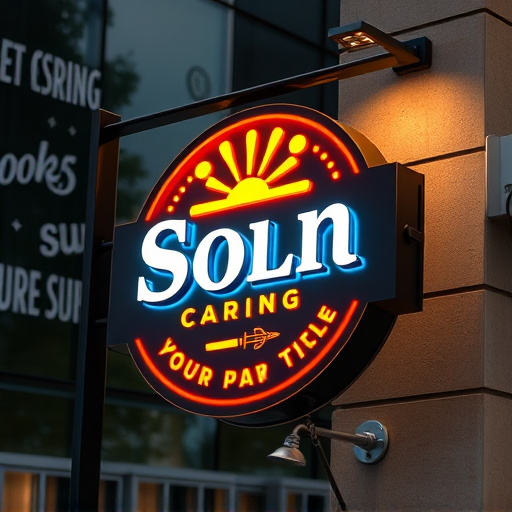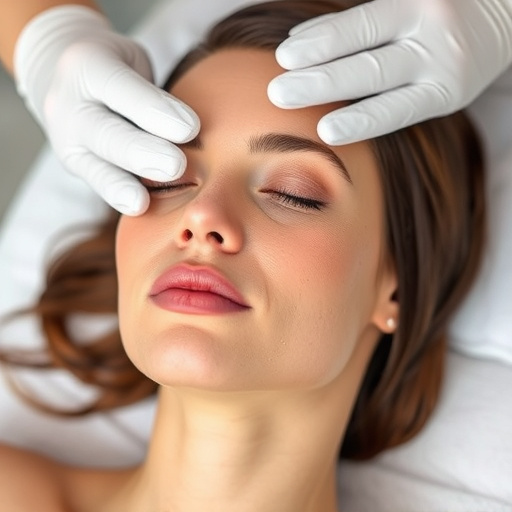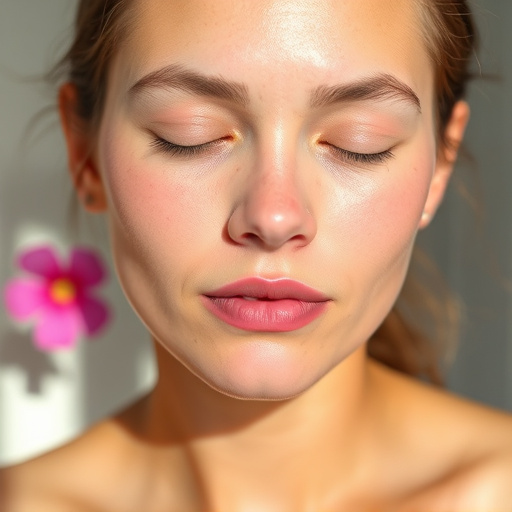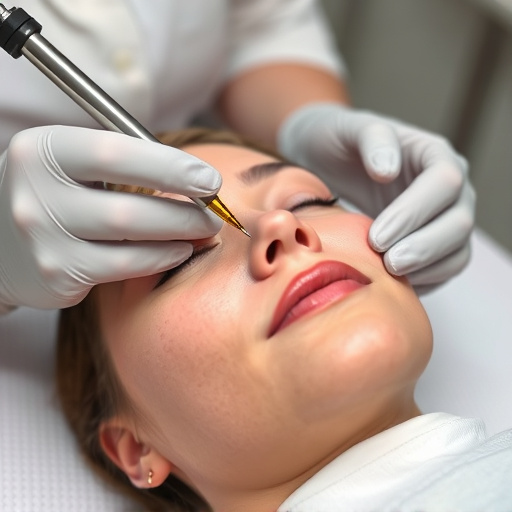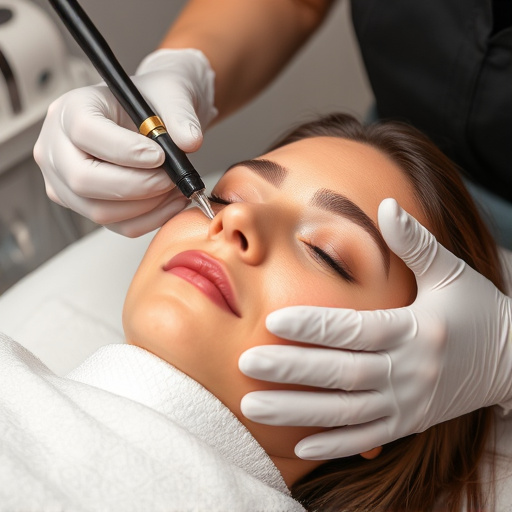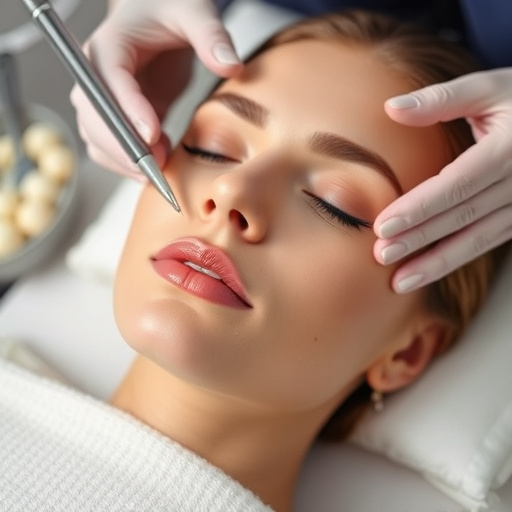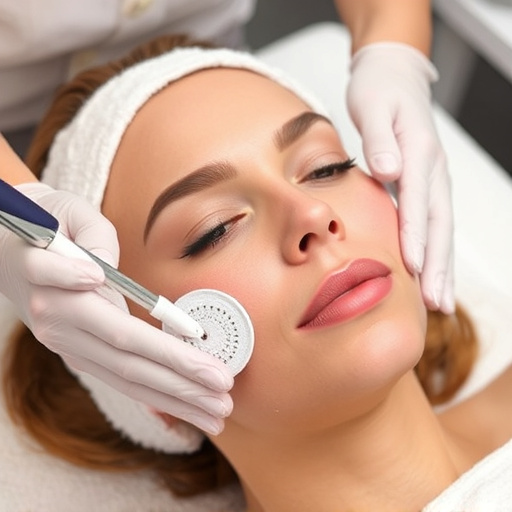Teenage acne treatment focuses on managing hormonal fluctuations and sebum production with topical medications, lifestyle changes, and occasional antibiotics to clear breakouts and prevent recurrence. Adult acne requires tailored professional routines addressing thinner skin, persistent breakouts, and specific concerns like scarring or wrinkles using advanced treatments beyond OTC solutions. While teens aim for breakout clearance, adults shift towards maintaining clear skin and addressing scars with targeted ingredients and gentle exfoliants.
Acne, a common concern across generations, presents unique challenges in adolescents and adults. This article delves into the distinct characteristics of teenage acne, exploring its causes and tailored treatment options. As skin transitions into adulthood, so do its needs, with adult acne requiring different strategies. We dissect these differences, offering insights on effective skincare for each stage. Understanding these variations is key to navigating suitable teenage acne treatment and fostering healthy skin longevity.
- Understanding Teenage Skin: Unique Concerns and Causes
- Adult Acne: Differing Factors and Treatment Approaches
- Tailoring Skincare: Effective Solutions for Each Stage
Understanding Teenage Skin: Unique Concerns and Causes
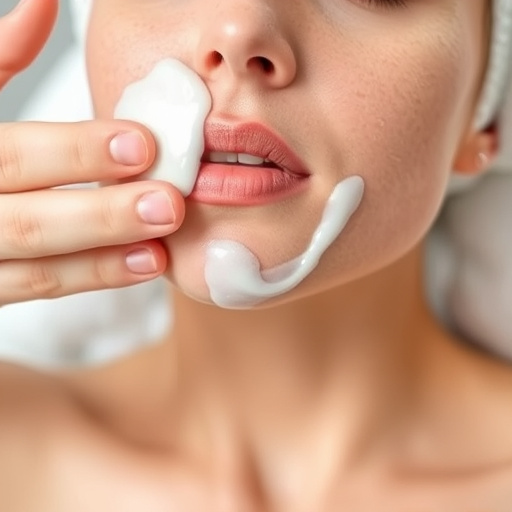
Understanding Teenage Skin: Unique Concerns and Causes
Teenage skin faces distinct challenges compared to adult skin due to hormonal fluctuations and increased sebum production during puberty. These changes make teenagers more susceptible to developing acne, a common skin condition characterized by clogged pores, blackheads, whiteheads, and sometimes painful cysts. While adults may struggle with fine lines, wrinkles, and age spots, teenagers primarily focus on managing active acne breakouts.
The causes of teenage acne are multifaceted, including genetic predisposition, elevated androgen levels, rapid cell turnover, and environmental factors like stress and diet. Unlike adult skincare that often emphasizes anti-aging treatments such as microneedling therapy and skin brightening techniques to address fine lines and hyperpigmentation, teenage acne treatment centers on clearing existing breakouts and preventing future ones through topical medications, lifestyle adjustments, and sometimes oral antibiotics. Additionally, maintaining a healthy diet and regular exercise can help manage symptoms by reducing inflammation and supporting overall skin health.
Adult Acne: Differing Factors and Treatment Approaches
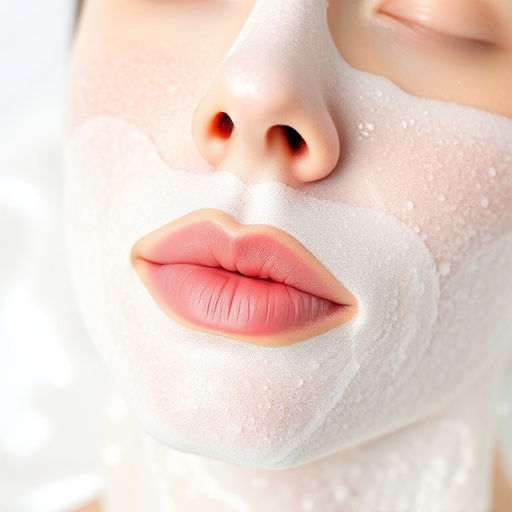
Adult acne presents unique challenges distinct from teenage acne. Unlike teenagers, adults often deal with acne that has persisted into later years or reoccurs after periods of remission. This can be influenced by various factors such as hormonal changes related to menopause, stress, diet, and lifestyle. The skin’s natural aging process also contributes to differences in treatment approaches. Mature skin tends to be thinner and more delicate, necessitating gentler, less irritating products.
While many over-the-counter solutions are available for teenage acne, adult acne may require a more tailored, professional skincare approach. Treatments like laser hair removal, which can target excess hair contributing to clogged pores, might not be suitable or necessary for teenagers. Instead, adults often seek advanced treatments focusing on deep cleansing, inflammation reduction, and wrinkle reduction to achieve clear, healthy skin. Professional consultations with dermatologists are crucial for developing personalized regimens addressing specific adult acne concerns.
Tailoring Skincare: Effective Solutions for Each Stage
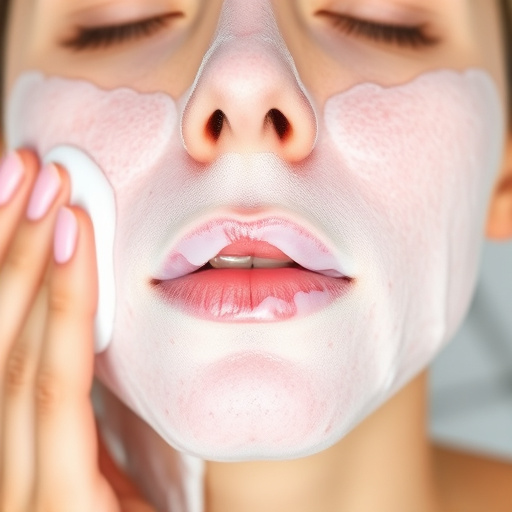
In addressing acne, the approach for teenagers differs significantly from that of adults due to varying skin needs and hormonal factors. For teens, the primary focus is on clearing up existing breakouts and preventing future occurrences. This often involves topical treatments with benzoyl peroxide or salicylic acid, which help unclog pores and reduce inflammation. Additionally, personalized skincare routines tailored to their skin’s unique characteristics can make a significant difference.
As teenagers transition into adulthood, their skin care needs evolve further. At this stage, the goal shifts towards maintaining clear skin and addressing any lingering acne scars. Incorporating ingredients like niacinamide for its anti-inflammatory properties and vitamin C for skin brightening can help even out skin tone. Moreover, tailored routines may include gentle exfoliants to promote cell turnover and improve skin texture, while also considering the need for moisturizing to prevent dryness, a common side effect of certain acne treatments.
Teenage acne treatment significantly differs from adult skincare, with unique concerns and causes requiring tailored solutions. While both share goals of clearing skin and preventing breakouts, adult acne often reflects lifestyle changes, hormonal shifts, or underlying medical conditions. In contrast, teenage acne is frequently linked to increased hormone production and rapid skin cell turnover. By understanding these distinctions, we can develop effective strategies, from gentle cleansers to targeted topicals, to address each stage of skin health, ensuring clear, confident skin for teens and adults alike.

